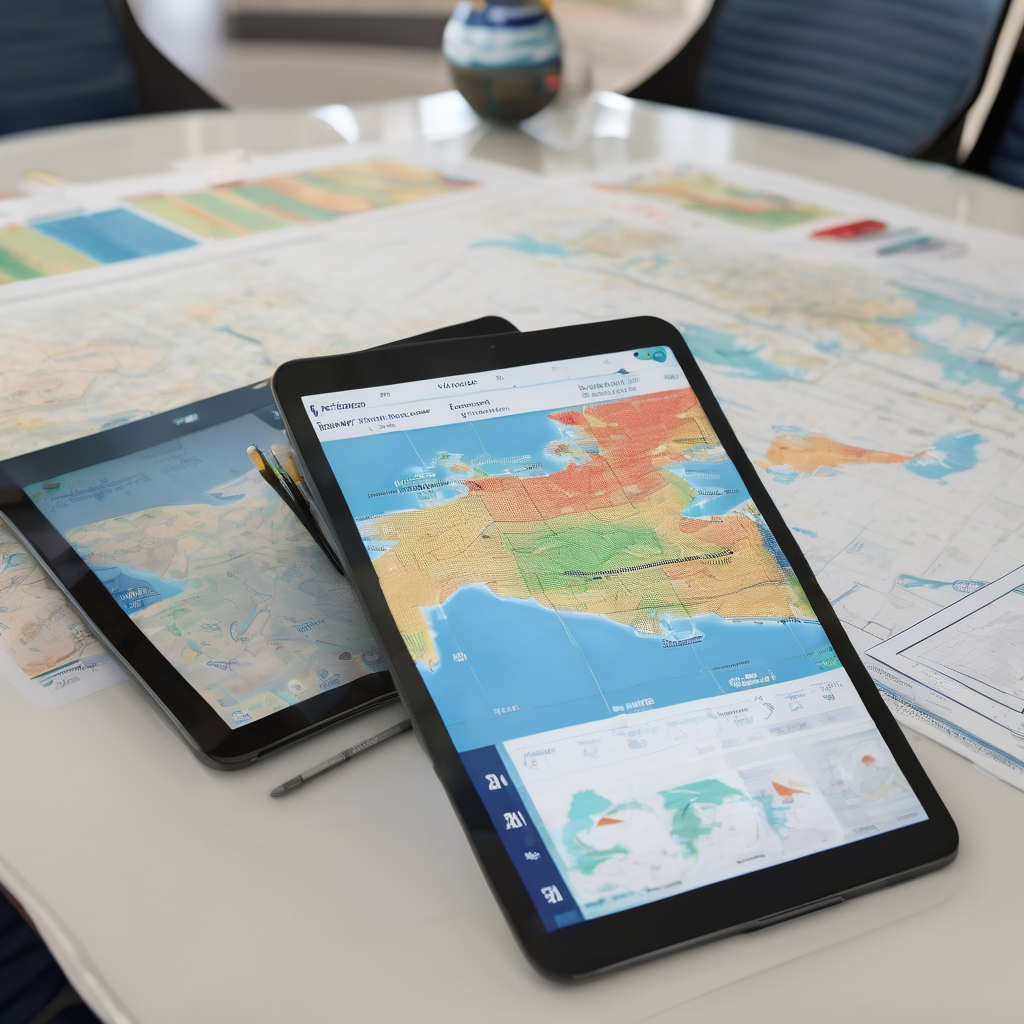“Communications and media play a significant role in ensuring our region reaches its goals,” remarked Gen Ilolahia, co-founder of Moanan in Auckland, New Zealand, during a recent training session aimed at enhancing media capabilities across the Pacific. Held from November 3 to 7 in Palau, this regional media training attracted journalists and communication professionals from various Pacific nations, focusing on disaster preparedness and response reporting.
The training integrated advanced tools, including artificial intelligence, to bolster early warning systems and risk reduction efforts, highlighting the importance of effective media communication in safeguarding communities during disasters. Ilolahia emphasized the need for deeper engagement with local communities, suggesting that more time spent with residents could yield valuable insights and stories.
Journalist Moiwai Andreas from Palau Wave Radio described the masterclass as “really informative and meaningful,” noting its positive impact on her coverage of the concurrent Disaster Risk Management Meeting. She reflected on the importance of clear reporting, advocating for language that is accessible to all, including elementary students.
From Kiribati, communications officer Sibete Ietaake expressed how the program transformed her career, emphasizing the necessity of simplifying complex information and fostering professional networks. “I will definitely utilize the networking I made with everyone at the Masterclass!” she noted, while also seeking feedback on her reporting to further hone her skills.
Merana Kitione from the Pacific Community (SPC) spoke on the significance of the masterclass in strengthening collaborations among journalists, National Disaster Management Offices (NDMOs), and National Meteorological Services. Such partnerships are crucial in communicating vital messages when disaster strikes. Nelson Anaia from the Solomon Islands’ NDMO echoed these sentiments, advocating for regular workshops that connect disaster management personnel with journalists, underscoring their shared responsibility in delivering timely and accurate disaster communications.
The consensus among participants was clear: by forging stronger networks among disaster management agencies, meteorological services, and the media, the training underscored a pivotal truth: effective communication is essential in saving lives when disaster occurs. The event not only marked a significant step forward in media capacity-building but also heralded a hopeful future for enhanced collaboration and resilience across the Pacific region in the face of climate change and natural disasters.
